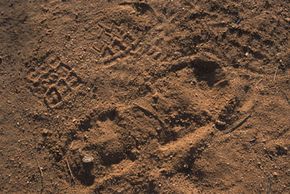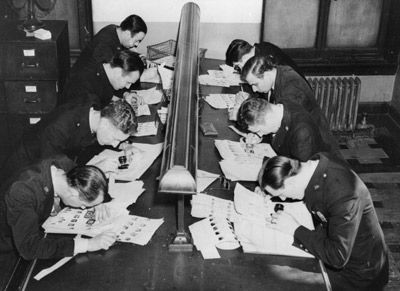Fingerprints, along with the magnifying glass and the microscope are one of the most iconic and recognizable images connected to crime scene investigations and forensic science. The opening credit montages for many television crime dramas often superimpose large, ominous details of fingerprints over shots of the main characters. The old logo for the crime network TruTV, formerly known as Court TV, featured a prominent image of a fingerprint. This form of evidence has become a metaphor for uniqueness, an important concept in forensic science.
Forensics Image Gallery
With more sophisticated technology such as DNA profiling, experts are finding that fingerprints aren't as perfect a system as we'd like to think. Despite the importance of fingerprinting and its useful practice, some actually argue against its supposed infallibility: Some courts have even overturned cases because of bad fingerprint matches, including a 1998 murder trial in which a Delaware man was wrongfully convicted and spent two years in prison [source: NY Times].
Advertisement
Fingerprints aren't the only things a suspect can leave at the scene of a crime. One of the most influential philosophies behind modern forensic science, commonly known as Locard's exchange principle, states that "with contact between two items, there will be an exchange." The late chemist and forensic scientist Paul L. Kirk elaborates:
Another option investigators have when examining a crime scene is impression evidence, an important and sometimes overlooked aspect of the criminal investigation process. What do forensics experts look for when they investigate impression evidence? How do they preserve impression evidence, and what can it tell them about a crime scene? To find out how forensic scientists make an impression on the jury,
read on.


